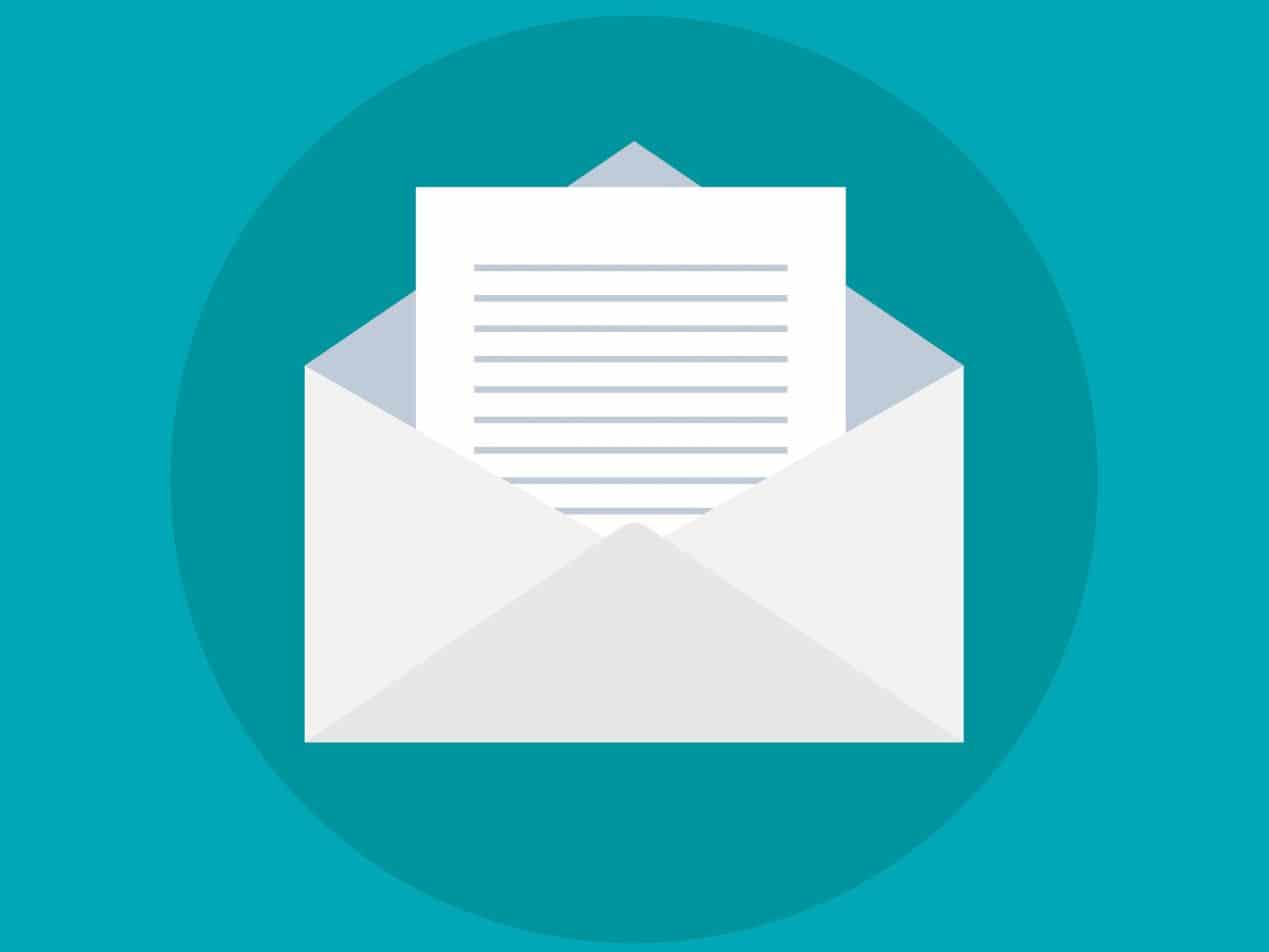3 min read
Healthcare email systems, security patches and vulnerability updates
Kirsten Peremore
October 12, 2023
A comprehensive approach to email security, coupled with diligent patch management, is necessary when safeguarding patient information and ensuring compliance with healthcare regulations.
Why HIPAA compliant email services help with security patches and vulnerability updates
These email services are designed to align with the rigorous security and privacy standards mandated by HIPAA. HIPAA requires healthcare organizations to safeguard patient data diligently, making it essential for email systems to maintain robust security measures. HIPAA compliant email providers adhere to these regulations by implementing encryption, access controls, secure authentication methods, regular auditing, and monitoring.
They also enter into business associate agreements (BAAs) that legally bind them to uphold HIPAA requirements, including the prompt application of security patches and updates. As a result, healthcare organizations can rely on HIPAA compliant email services to facilitate secure communication and proactively address vulnerabilities, ensuring the confidentiality and integrity of patient information.
Vulnerabilities in healthcare email systems
- Unpatched software: Failure to regularly update and patch email server software can leave healthcare email systems vulnerable to known exploits and security threats.
- Phishing attacks: Healthcare email systems are often targeted by phishing emails, which attempt to trick users into revealing sensitive information or installing malicious software.
- Malware and ransomware: Email attachments and links can be vehicles for malware and ransomware attacks, potentially compromising patient data and system integrity.
- Insufficient authentication: Weak or insufficient authentication measures can lead to unauthorized access to healthcare email accounts, risking the exposure of confidential patient information.
- Email spoofing: Cybercriminals may spoof email addresses to impersonate trusted sources, leading to fraudulent activities or social engineering attacks.
- Unencrypted communication: Lack of email encryption can expose sensitive medical information to interception during transmission, violating patient privacy.
- Vendor vulnerabilities: Third-party email system vendors may have vulnerabilities that, if not addressed, could compromise the security of healthcare email systems.
- Email relay and forwarding risks: Misconfigured email relay and forwarding settings can lead to unauthorized access and email misuse.
- Data leakage prevention: Inadequate data leakage prevention measures can result in accidental or intentional data leaks through email communications.
- Employee endpoint security: Employee endpoints (devices used for email access) may lack adequate security measures, making them potential entry points for email-related attacks.
- Outdated email filtering: Insufficient email filtering may allow malicious emails to reach users' inboxes, increasing the risk of successful attacks.
Strategies to identify vulnerabilities in healthcare email systems
- Comprehensive assessment: Begin by conducting an assessment of your healthcare email system. This should include an inventory of all system components, software, and configurations.
- Vulnerability scanning: Utilize vulnerability scanning tools to scan your email servers and associated components for known vulnerabilities. These tools can help identify weaknesses that attackers could exploit.
- Patch management: Implement a patch management process to ensure that security patches and updates are applied promptly to address identified vulnerabilities. This process should include regular review and testing of patches.
- Penetration testing: Conduct regular penetration testing exercises to simulate real-world attack scenarios. This can help identify vulnerabilities that may not be detected by automated scanning tools.
- Email security gateway inspection: Evaluate the effectiveness of your email security gateway, which is responsible for filtering and inspecting incoming and outgoing email traffic. Ensure that it's configured to detect and block malicious content effectively.
- Phishing simulations: Run phishing simulation campaigns within your organization to assess employees' susceptibility to phishing attacks. This can help identify weaknesses in user awareness and training.
See also: How to manage persistent threats and zero day vulnerabilities
Security patches in healthcare organizations
Security patches are updates or modifications to software, operating systems, applications, or firmware provided by the software or device manufacturers. These patches address identified security vulnerabilities, weaknesses, or flaws in the software or hardware.
In the healthcare sector, where the protection of electronic Protected Health Information (ePHI) is paramount, security patches are necessary to maintain the integrity and confidentiality of patient records. They help prevent data breaches, ransomware attacks, and other cyber threats that can affect patient safety and privacy.
Regularly applying security patches is not only a regulatory requirement under laws like HIPAA but also a proactive measure that strengthens the overall cybersecurity posture of healthcare organizations.
How frequently should security patches and vulnerability updates be applied?
The frequency of applying security patches and vulnerability updates depends on the specific software, systems, and devices in use. However, as a general guideline, applying these updates promptly as soon as they become available is recommended.
Critical security patches addressing severe vulnerabilities should be prioritized and applied immediately to minimize the risk of cyberattacks. Regularly scheduled updates, such as monthly or weekly patch cycles, can help ensure that less critical patches are also applied promptly.
Additionally, continuous monitoring for emerging vulnerabilities and threat intelligence can inform the patching schedule, allowing organizations to stay proactive and resilient against evolving cyber threats.
Practices to adopt to prevent ransomware attacks through email
- Email filtering and scanning: Implement advanced solutions to detect and block malicious emails using AI and machine learning.
- Sender authentication: Use protocols like SPF, DKIM, and DMARC to verify email authenticity and prevent spoofing.
- Content filtering: Employ mechanisms to scan email content for malicious attachments, URLs, and keywords.
- Attachment sandboxing: Isolate and analyze email attachments in a controlled environment before delivery to detect malicious payloads.
- URL link scanning: Utilize services to check the safety of embedded links in emails and block potentially harmful URLs.
- Patch and update management: Regularly update email servers, client software, and devices to address vulnerabilities.
- Least privilege access: Limit user access to sensitive systems and data following the principle of least privilege.
- Backup and recovery: Maintain robust backup procedures, isolate backups, and test data restoration processes.
- Remote desktop protocol (RDP) security: Secure RDP with strong passwords and consider using a VPN for authorized access.
Subscribe to Paubox Weekly
Every Friday we'll bring you the most important news from Paubox. Our aim is to make you smarter, faster.




